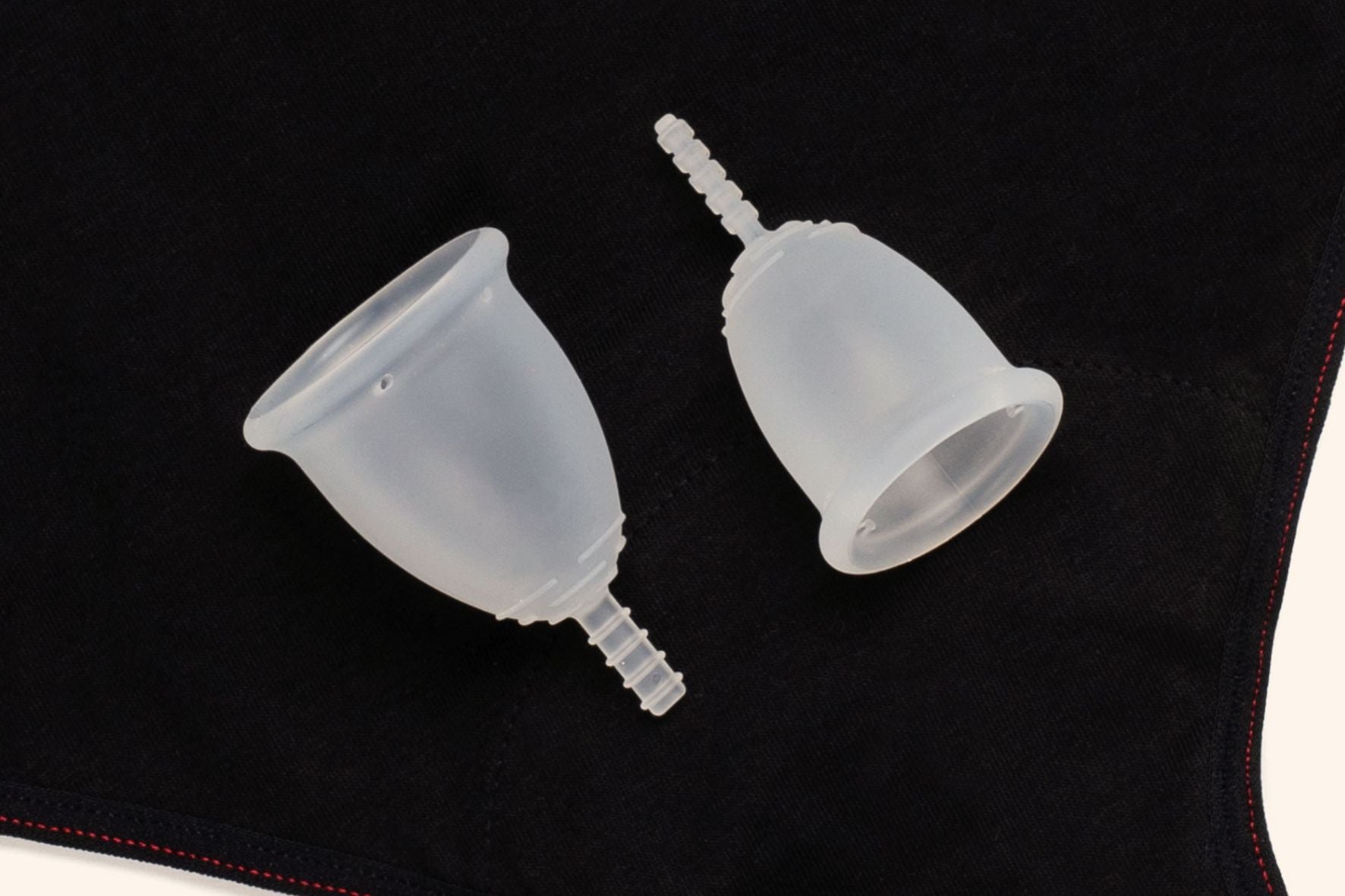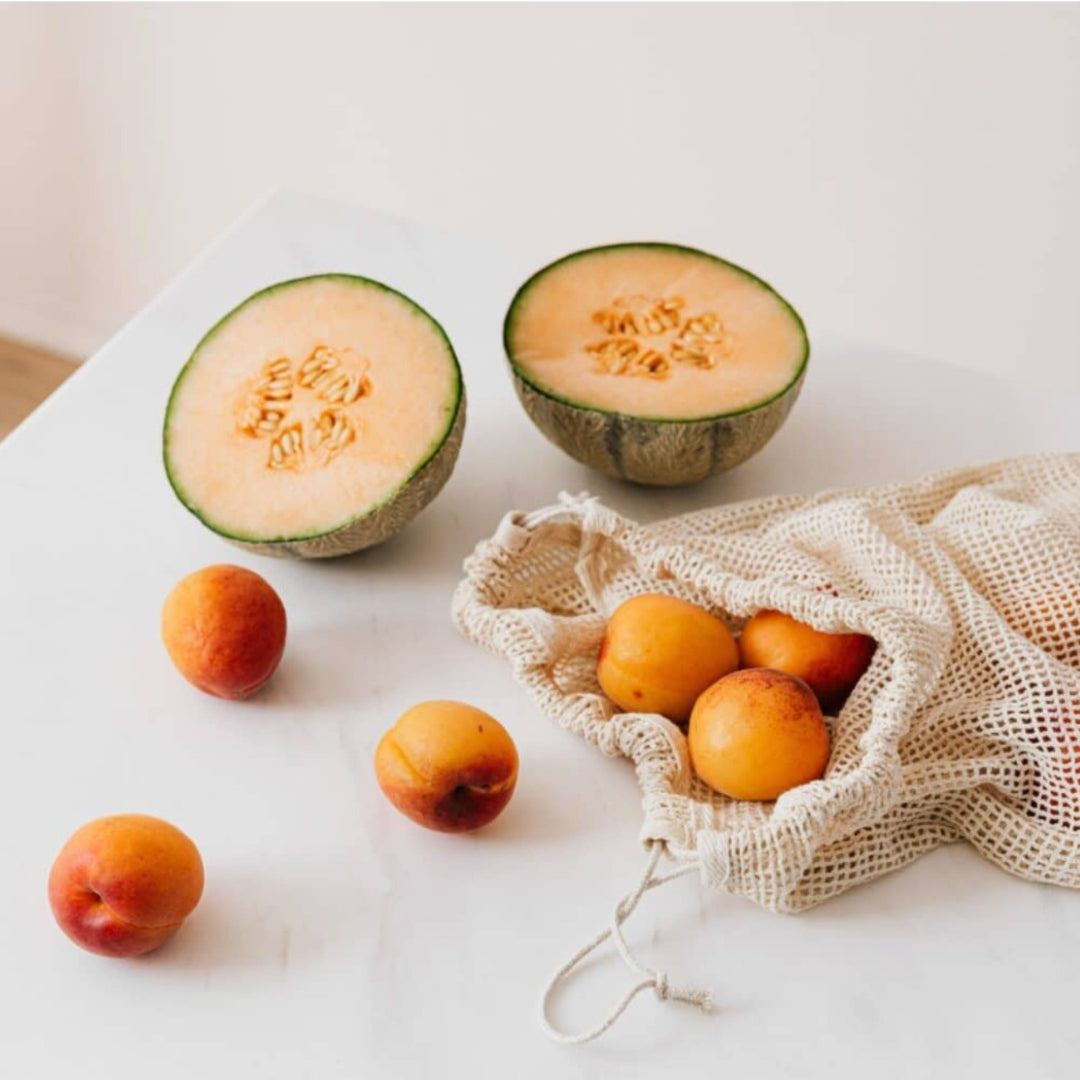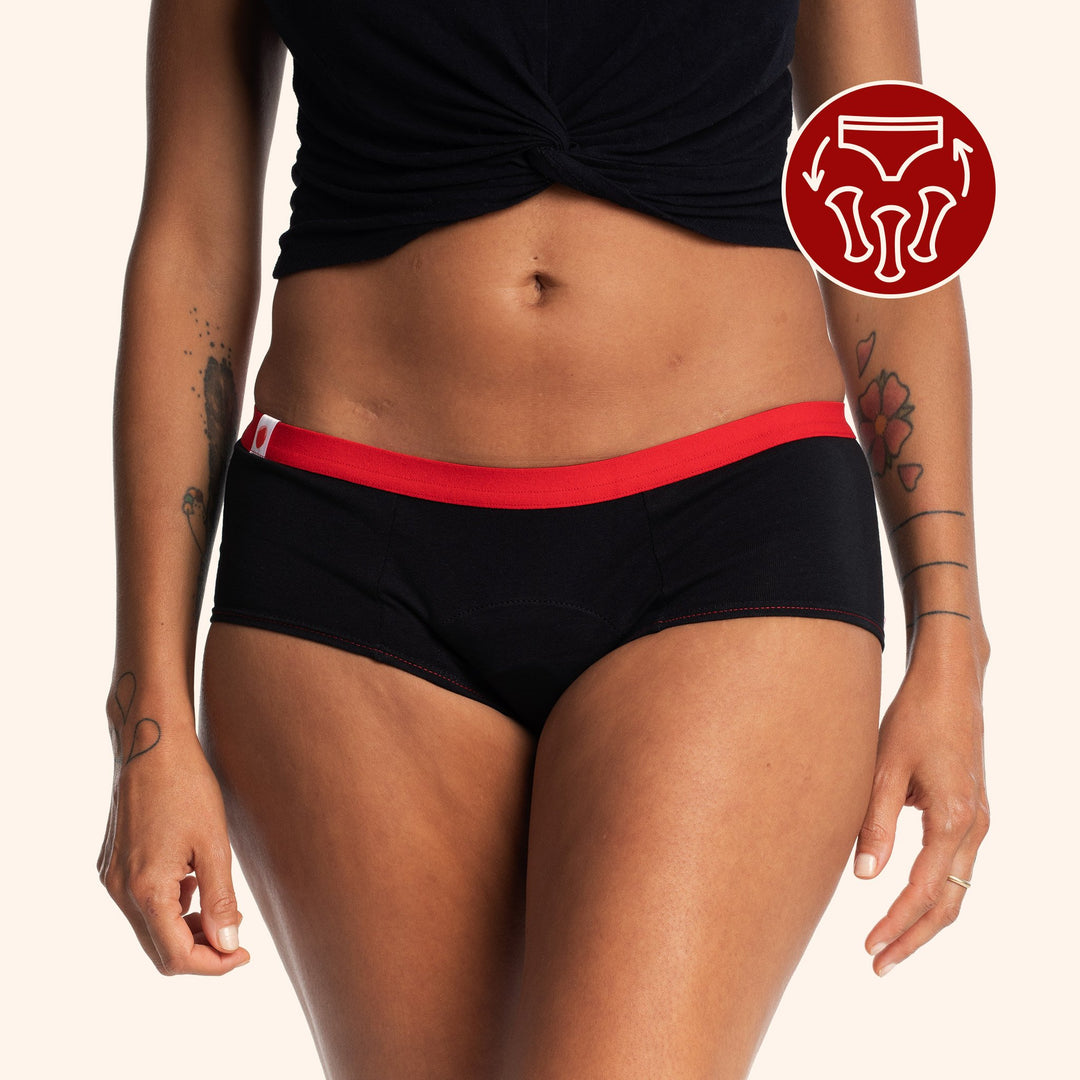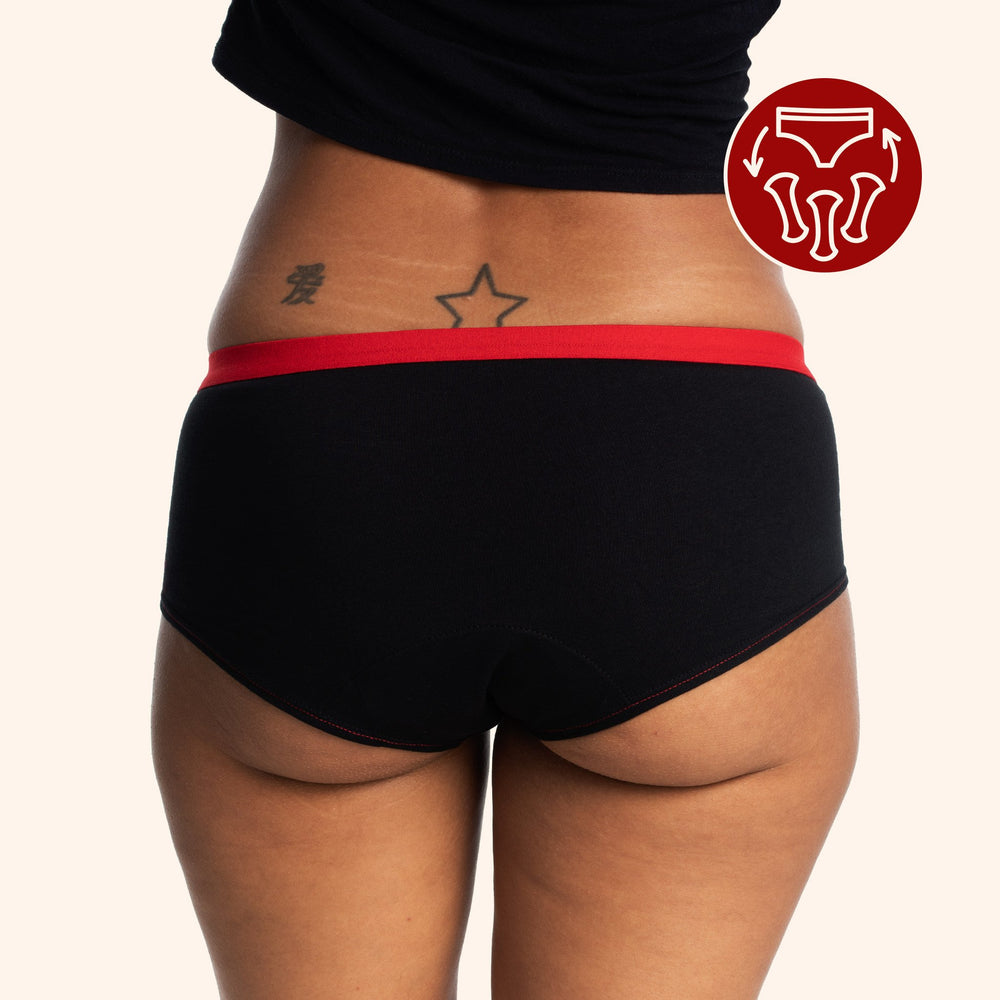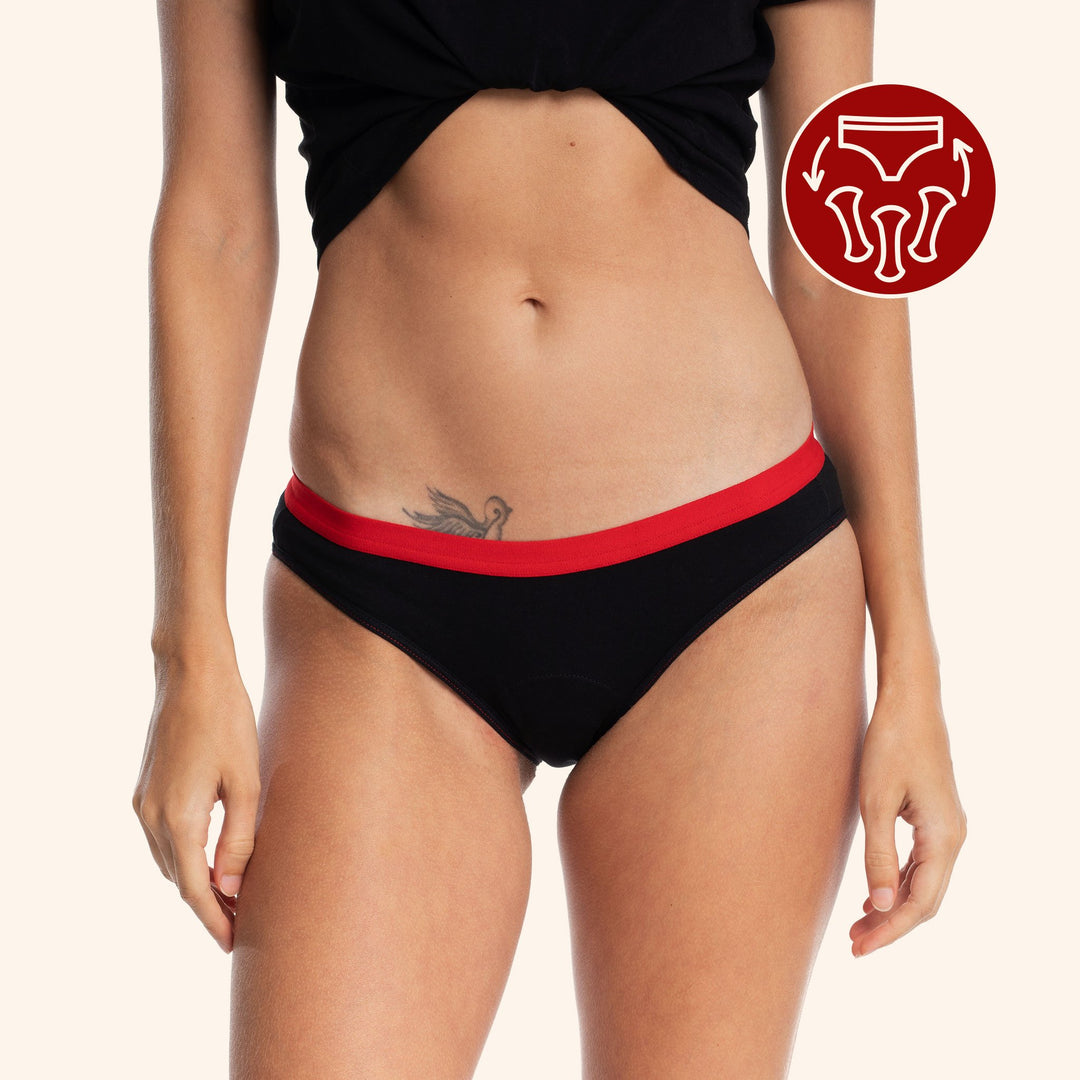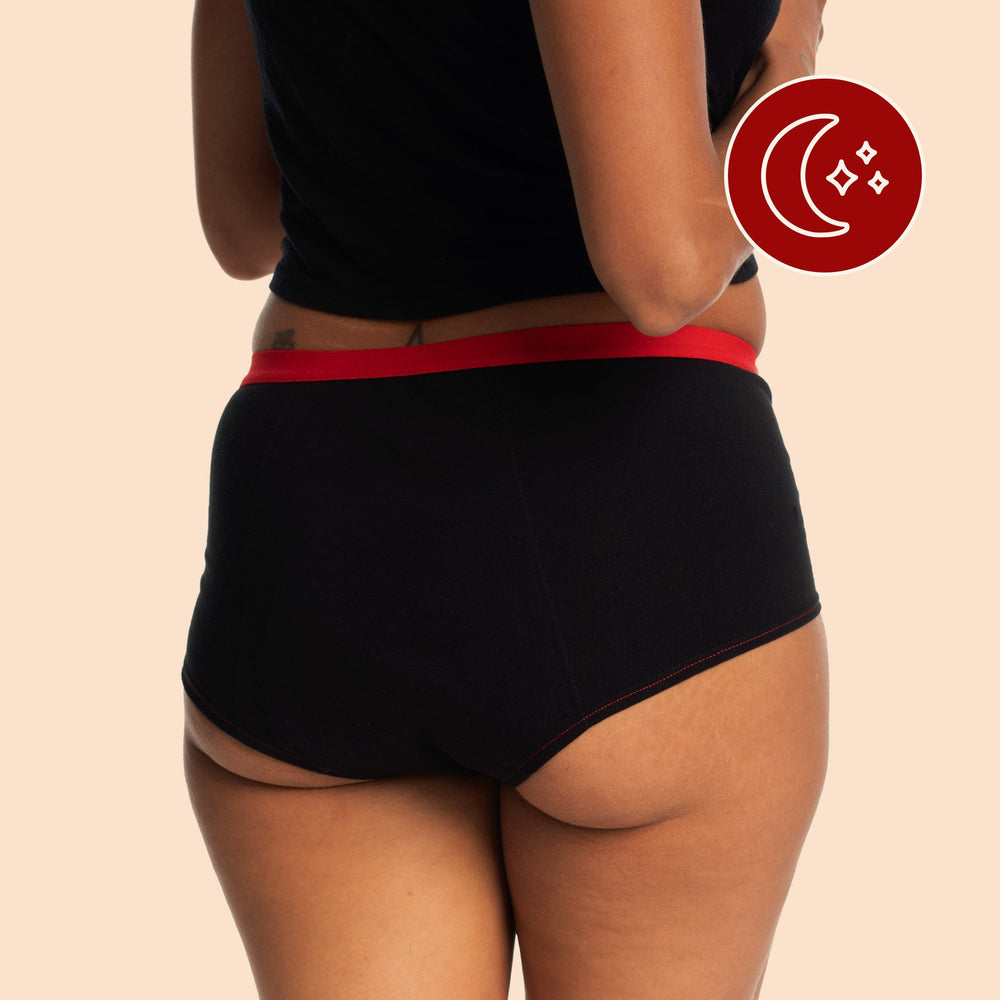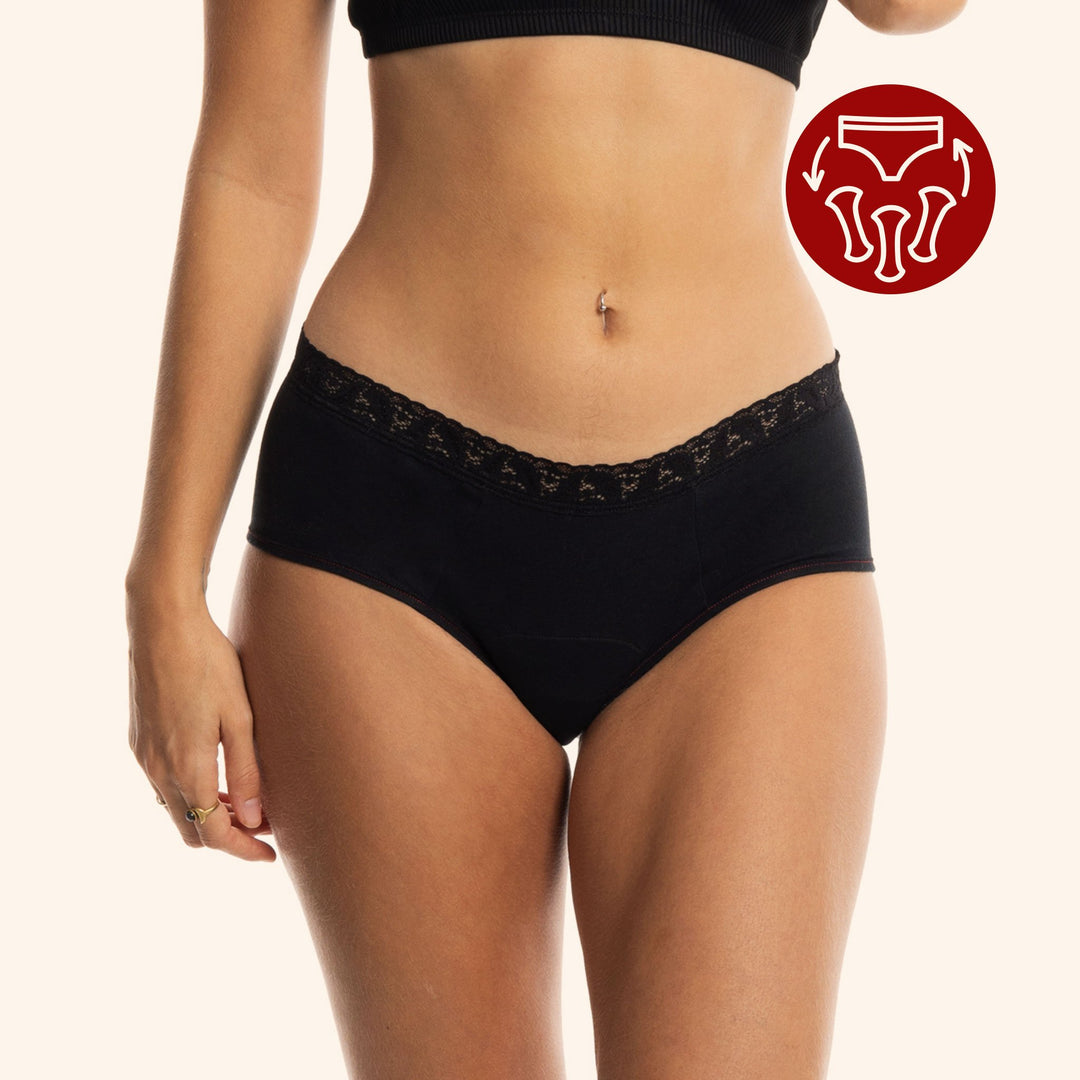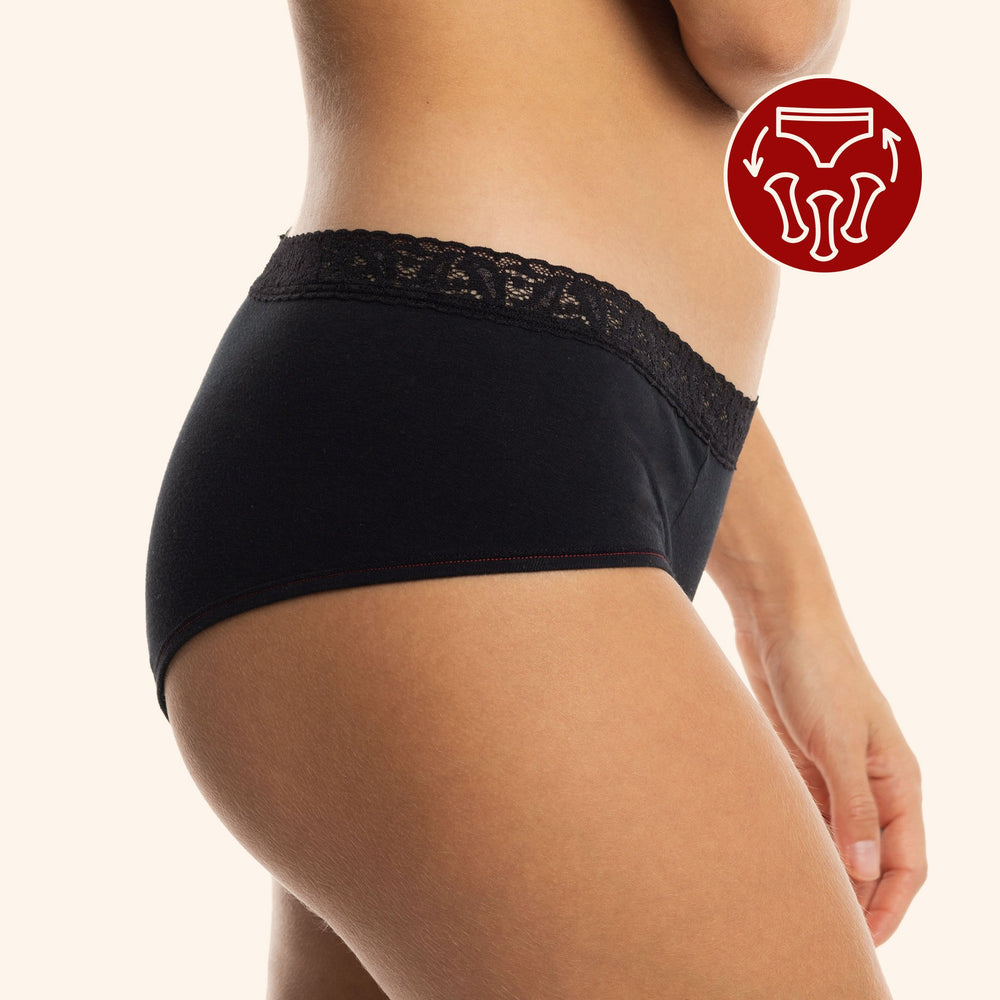
You agree with protecting your body and the environment from disposable sanitary products that are currently clogging your menstrual flow. Good! But you’re still wondering how to do it without finding yourself in the middle of a party with a beautiful, scarlet red stain on your new white jeans. We understand !!! In the article 4 Good Reasons to Opt for Zero-Waste Menstruation, we drew a portrait of the negative environmental, physical, and financial impacts of disposable products. Here, we’ll show you the light at the end of the vagina (Oops… tunnel!) There are many alternatives we available to allow you to practice a Zero-Waste Menstrual Cycle, all of which are comfy, healthy, and aligned with your values! Here is a comparison of the top three alternatives to disposable tampons and sanitary pads that we have tested and assessed for you:
1. THE MENSTRUAL CUP

- Effective when inserted the right way
- Lasts up to 10 years, depending on the brand
- When properly inserted, it’s ideal for swimming, and is as effective as a tampon
- Transports easily
- Is invisible when worn (no strings attached)
- Maintenance is quick and easy
Negatives
- Requires an adjustment period to learn how to insert it correctly
- Some women find it uncomfortable because of its size and stiffness
- Some women have noted that wearing the cup increases the intensity of their menstrual cramps.
- Others may feel that their flow isn’t natural and that it and stagnates inside.
- According to some gynecologists, keeping it in longer than four to six hours isn’t recommended, so it’s best not to wear it overnight.
- Young girls starting to menstruate may not yet be comfortable with the idea of inserting a foreign article into their vagina.
- Since the cup is still rigid and doesn’t necessarily fit all body shapes, there is a possibility of leakage. It’s therefore often necessary to compensate with another form of protection.
- Rinsing and washing can be difficult to manage in situations such as camping, travelling (where water isn’t drinkable) or in public washrooms (We recommend taking a bottle of water with you to wash the cup).
2. WASHABLE SANITARY PADS

Washable cloth pads are the eco-friendly equivalent to the disposable sanitary pad. They can be washed easily, and adapt to all types of flows and underwear. Their wings are equipped with small snaps that attach underneath the panties.
Positives
- Easy to use
- Easy to change
- Allows you to menstruate freely
Negatives
- The snap between your legs can be uncomfortable (on a bike, or when sitting on a hard surface
- The pads aren’t fixed: they move forward and backward, which sometimes stains your underwear (which can be difficult especially for athletes)
- They remain stained even after washing
- You have to wash them, but once the habit is adopted, you do it without thinking
Finally our favorite option goes to:
3. MME L’OVARY’S REUSABLE UNDERWEAR

Simple, comfortable and reliable, the Mme L’Ovary menstrual underwear are cotton panties containing a thin integrated protection, with three removable pads adapted to the abundance of your flow. This revolutionary function distinguishes them widely from the products currently offered on the market. Once the pad is ready to be changed, all you have to do is replace it with a new one and simply store the used pad in the leak-proof pouch provided.
Positives
- They let your menstrual flow move freely
- They complement the menstrual cup well
- They’re comfortable because they are made of cotton!
- They’re reliable because the protection is securely attached to the panties
- They’re beautiful
- They’re black so they don’t stain, even to a trained eye. They’re black so they don’t stain, even to a trained eye.
- Unlike other similar products, the removable pads can be easily replaced, so you don’t need to change the entire panty throughout your day.
Negatives
- Women with a very heavy flow will need more underwear, so the initial investment will be higher.
- You have to wash them, but once the habit is formed, you do it without thinking.
- For people who’ve been accustomed to tampons, you have to get used to being in contact with your flow. That said, it comes naturally. It is possible to change the protection as many times as desired to stay dry.
- You should avoid wearing white pants or very tight clothes, because although they are subtle, they are still absorbent panties a little thicker than what you normally wear.
Solutions for eco-friendly menstruation are plenty! In summary, the easy, comfortable, healthy, cost-effective and environmentally responsible options are not lacking. When your choices reflect your beliefs, they have the power to improve your wellbeing and the environment, allowing you to embody the change you want to see around you!





